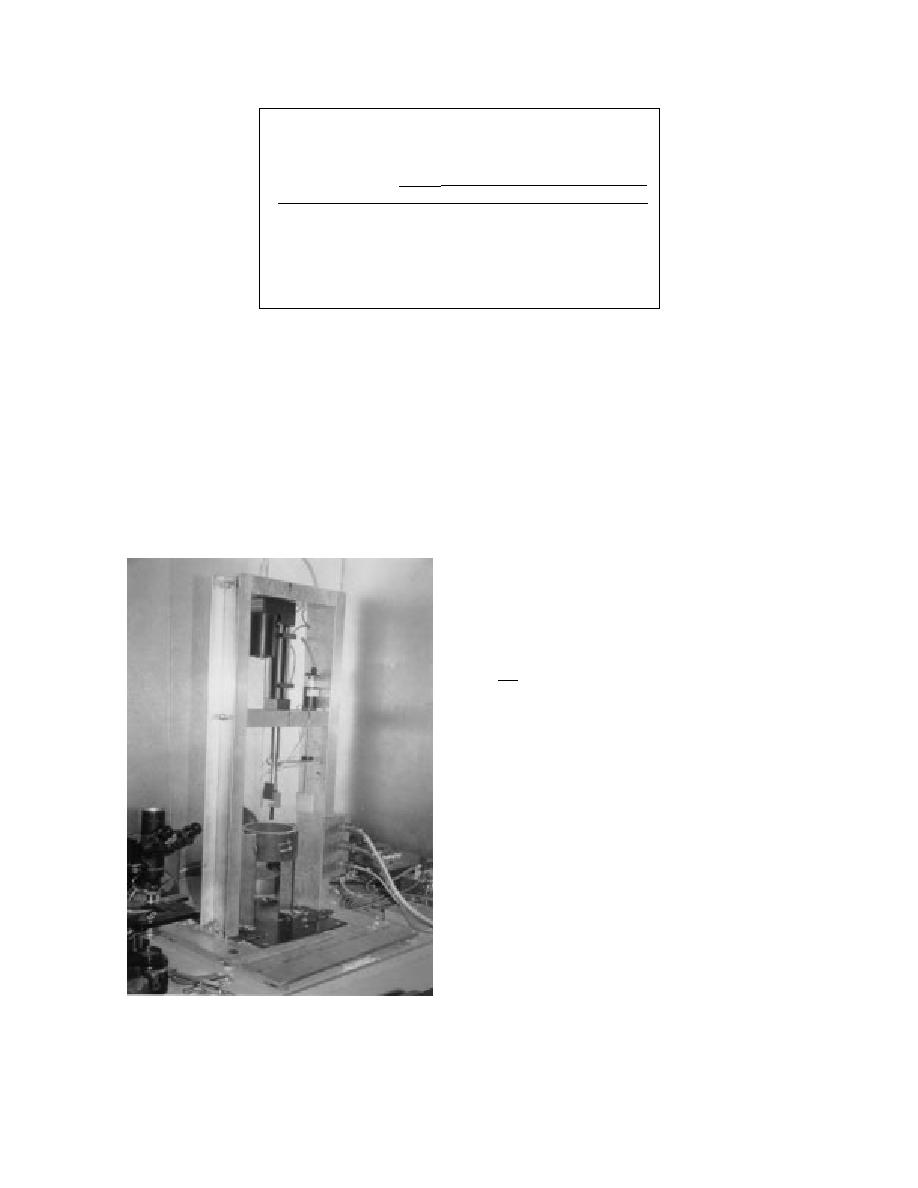
Table 3. Adjusted flexural strength (MPa) of CFG ice and
natural ice used in this study.
Storage temperature (C)
Test series
10
15
25
2.71 0.50
2.65 0.26
2.59 0.37
1 day
3.04 0.36
2.59 1.23
3.11 0.53
5 days
2.61 0.36
2.70 0.28
10 days
--
2.86 0.28
3.17 0.34
2.71 0.45
20 days
2.04 0.60
Pond ice
1.34 0.23
Lake ice
for all CFG ice samples against their temperature and
trend was more pronounced at the lower strain rates
(106/sec). Figure 6 shows the relationship between
duration conditions. There is no convincing evidence
of time or temperature dependence over the range we
the unconfined compressive strength of ice and its grain
size taken from a number of studies. The data from
used. This confirms our expectation that sintering was
our brick material fall in the predicted area of the plot,
complete at the time of compaction.
although data from the pond and lake ice appear weaker
Schulson and Cannon (1984) ran a series of uniaxial
than expected.
compressive tests on polycrystalline ice with grain sizes
ranging from 1 to 10 mm. They found a clear trend of
Flexural testing
increasing peak stress with decreasing grain size. In
tests with high strain rates (103/sec) this trend was
Because the bricks we made were not large enough
especially pronounced. They also found a much higher
to conduct standard bending tests using beams, we used
peak stress with decreased grain size. In this case the
round plates (disks), a technique that is less well known,
but for which data for comparison do exist in the
literature. Lavrov (1969) describes a study in which
both beam bending and round plate tests were done
for ice collected during an Arctic cruise. The beam-
bending strength was about 65% of that measured using
round plates. That is,
σb
= 0.65
(2)
f
σd
f
σ d = beam-bending flexural strength
where
f
σf
b = disk-bending flexural strength.
A later study in the laboratory using laboratory-
prepared and natural freshwater ice yielded the same
relationship.
Data obtained for all samples tested are given in
Appendix C.
Samples and apparatus
Flexural tests were made using disks cut from CFG
ice cylinders produced by compaction. We used a
handsaw and mitering jig, shown in Figure 7, to make
disks about 1.5 cm thick for the flexural strength tests.
We then planed the cut surfaces using sanding screen,
and returned the disks to their assigned storage
temperatures for a day along with the compressive test
Figure 8. CRREL snow load frame used for
samples. Two samples were obtained from each brick.
flexural strength testing. The sample disk
We obtained eight samples for each test series.
was placed across the metal cylinder cen-
tered beneath the indenter.
Sample disks were also made from the natural ice
7





 Previous Page
Previous Page
